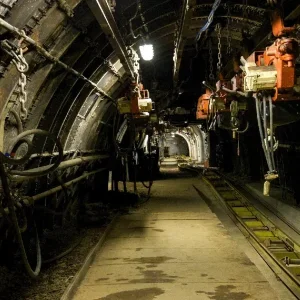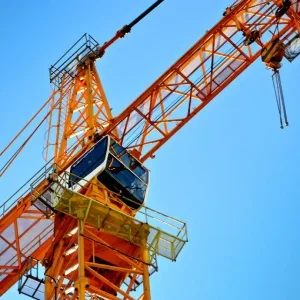The cranes ranged in capacity from 10 to 50 tons. The bridge and gantry cranes were engineered for several applications in the shipbuilding process, including the fabrication shop, hull erection, and the steel yard.
Due to the shipyard’s immediate proximity with the ocean, several of the outdoor cranes were designed and build to withstand the highly-corrosive salt water environment.
NAI also designed and manufactured several built-up hoists for the project. These hoists were integrated into rotating trolleys, allowing the operator the flexibility to move the loads for each specific fabrication operation. Below the hook, each built-up hoist has a spreader beam with magnets attached. All magnet controls were integrated into the cranes’ electrical systems for ease of use. Each of these hoists also features a single drive with dual output shafts to two double-reeved drums (twin hooks).
Joanne Karlinksi, NAI senior project manager, said: “As a North American company working in South America, it was important that our project management and engineering personnel communicated frequently and thoroughly with our customer.
“Our customer worked very closely with us to ensure that all crane requirements were communicated effectively, and all the cranes were delivered on time.”
The end user serves the marine transportation needs for the grain, forest products, minerals, crude oil, petroleum, and refined petroleum industries. It also builds ships to supply offshore oil platforms and designs and builds ships for the passenger cruise market.






